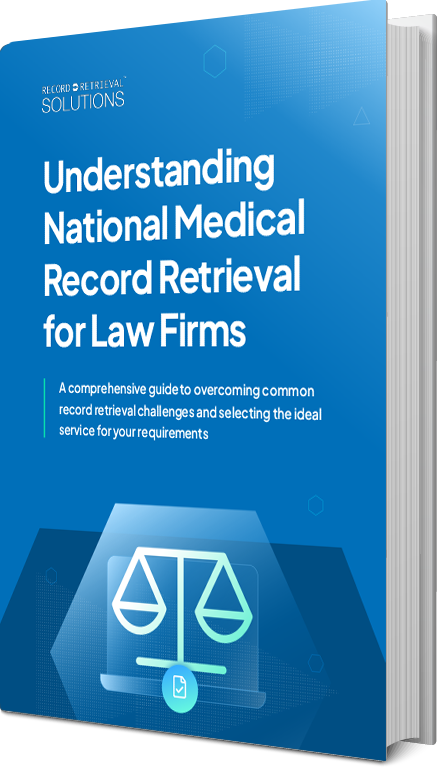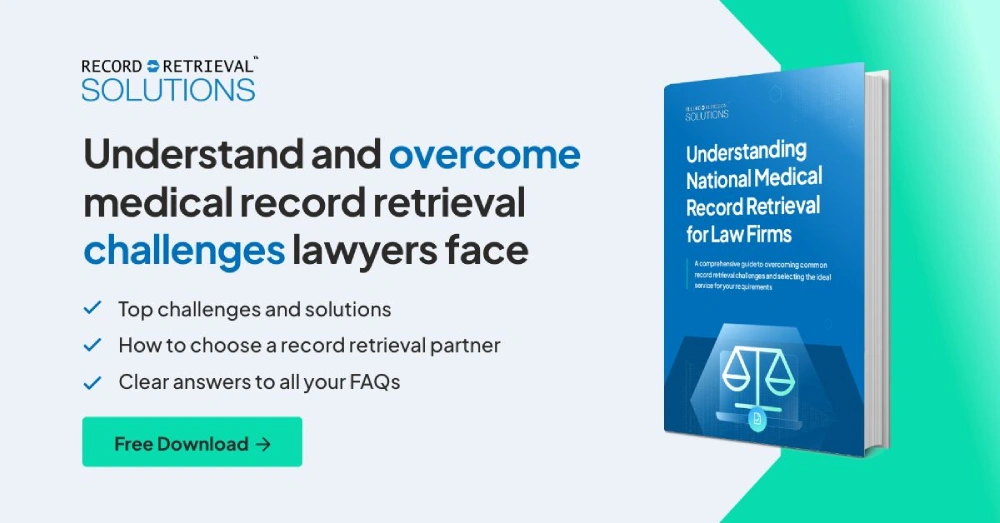In today’s cutthroat insurance industry, US insurers are constantly on the lookout for technologies that can help them improve their efficiency, keep up with changing demands, and gain a competitive edge. To guide you in your search, here are four fields of IT that you should focus on:
1. Predictive analytics
Predictive analytics involves gathering, mining, and analyzing historical data to forecast possible future outcomes. Currently, the insurance industry uses it to better understand customer behavior, predict the outcome of claims, and guide policy issuance decisions. All of these have proven to drive profitability among insurance companies. Valen Analytics’ 2018 Outlook Report found that insurers that leveraged predictive analytics saw their loss ratios improve by 3–9% more than those that didn’t. Not only that, but their direct written premiums also rose by 53%, which was significantly above the market average of 18% growth during that time.
Moving forward, insurers can also use predictive analytics to:
- Anticipate the needs of loyal clients
- Identify clients who are likely to cancel or lower coverage
- Spot and prevent potential fraud
- Pinpoint outlier claims (i.e., claims that unexpectedly become high-cost losses)
- Identify potential markets
2. Internet of Things (IoT)
Accenture’s 2019 Global Financial Services Consumer Study revealed that more than 75% of respondents were willing to share more personal information to avail benefits such as:
- Competitive pricing
- Better coverage for insurance plans
- Personalized offers
- More efficient services
Much of that data sharing can be done automatically by IoT technologies like automobile sensors and smart homes. Wearables, for instance, can provide deep insights into an applicant’s physical condition with multiple readings of blood pressure, temperature, pulse, and other vital signs. These can also reveal lifestyle patterns such as the number of steps they take per day. Using all of that data, insurance companies will be able to more accurately assess risk and determine the right premiums, which will help them prevent losses.
For example, dental insurance provider Beam uses a smart toothbrush to track how well clients take care of their teeth. The company then uses that data to offer personalized insurance plans, which they claim are priced lower by as much as 25% compared to their competitors’.
3. Chatbots
Thousands of hours are spent supporting insurance clients by responding to their queries, walking them through a policy or claims process, or sending them reports. Insurance companies can save themselves time by letting chatbots fulfill those tasks.
Simple chatbots can be automated to pose questions that are designed to help narrow down a customer’s concern and provide the answer they’re looking for. AI chatbots, on the other hand, understand intent, language, and sentiment so they can interact with customers using free-flowing conversations and thus accomplish more complex tasks. For example, ServisBOT’s insurance AI chatbot can handle policy quoting, claims submissions, renewals, and new customer onboarding.
By using chatbots, insurance companies can be available to their customers 24/7 while freeing up their employees to do more valuable tasks. What’s more, a Juniper Research study estimates that the use of AI chatbots for insurance will lead to operational cost savings of almost $1.3 billion by 2023.
The use of AI chatbots for insurance will lead to operational cost savings of almost $1.3 billion by 2023.
4. Blockchain
A blockchain is a digital ledger of transactions that is duplicated and distributed across a network of computers. It’s the same recordkeeping technology behind Bitcoin.
When used for insurance purposes, a blockchain can replace paper contracts with smart contracts, thereby streamlining many related manual and tedious processes such as contract reconciliation. Blockchain also enables real-time data collection and analysis, which can significantly hasten claims processing and payouts. In fact, IBM’s blockchain network aims to automate the underwriting and claims settlement processes.
Further increase your competitive advantage by partnering with companies that also leverage technology. When you work with Record Retrieval Solutions, you can submit a record request and download your records via our HIPAA-compliant online portal.
Want to learn more about services? Get in touch with us today.
Obtain your paperwork fast and hassle-free when you partner with Record Retrieval Solutions.







